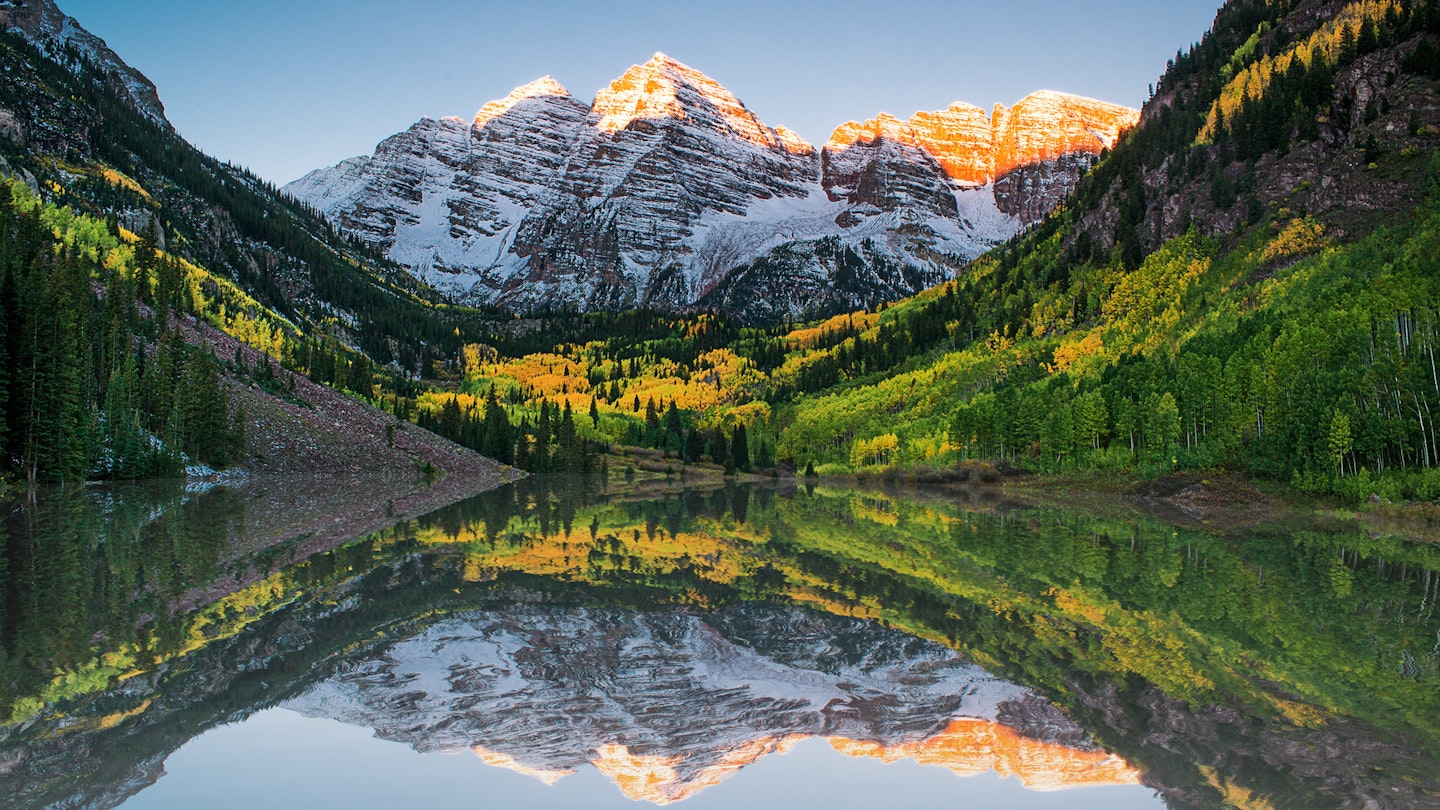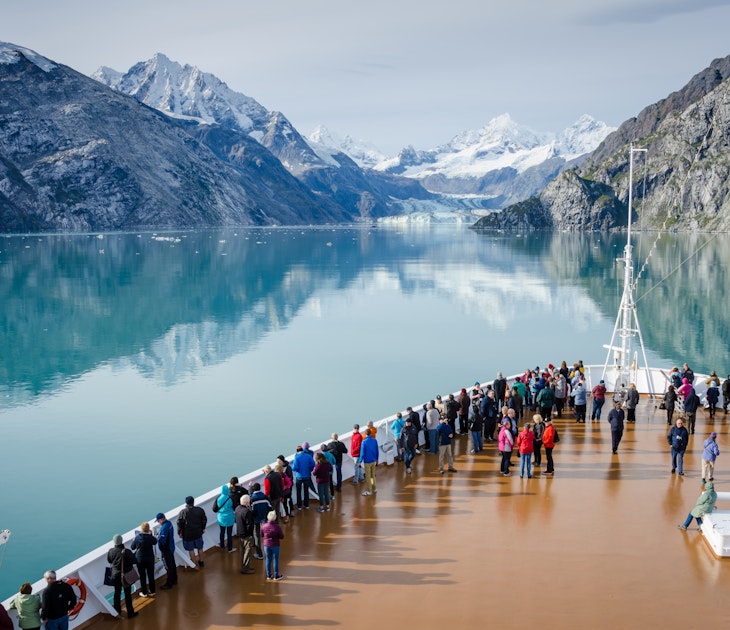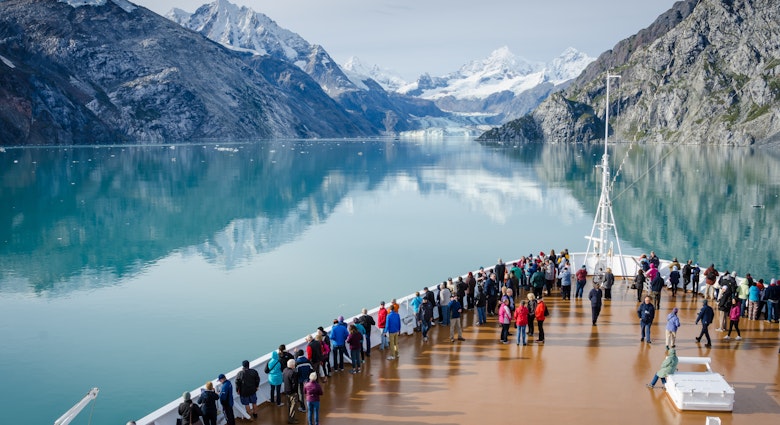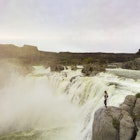Whether you call it hiking, forest bathing, or just plain ol’ outdoor time, nothing brings about inner peace like a walk through a forest. The US' national forests provide some of the best opportunities to experience the country's outdoors, and lucky for us, they are widespread – national forests exist in almost every state.
These diverse woodlands offer numerous hiking opportunities and the chance to escape potentially crowded campgrounds at better-known national and state parks. National forests permit dispersed camping, and while you’ll have to be more self-sufficient than at a developed campground, you’ll be able to save some money (fees are often quite low, or free) and take in views at the ultimate social distance.
We chose five of the best national forests in the country that are well worth a visit – but if you don't live near one of these beauties, don't despair. There are 154 national forests in the US from Allegheny, Pennsylvania to Wallowa-Whitman, Oregon, with one in forty out of fifty states. Even Puerto Rico has its own – the El Yunque National Forest. Check out these under-the-radar outdoor destinations that are sure to make you curious about the US' other wilderness areas.

Pisgah National Forest, North Carolina
This forest stretches for over 500,000 acres along North Carolina’s westernmost boundary, encompassing the spectacular Blue Ridge Mountains and the well-known outdoor hub of Asheville. Pisgah is made up of several different tree species ranging from hardwoods to mountain oaks to dry yellow pines, and it’s home to 151 miles of the Appalachian Trail.
This area, along with the neighboring Nantahala National Forest, originally belonged to the Cherokee. Pisgah was officially established in 1916 and was the location of the country’s first forestry school. It was the first designated national forest in the eastern US, and it also includes the region’s first two designated wilderness areas.
Pisgah National Forest is an ideal location to explore if you’re looking to familiarize yourself with the enchanting Appalachian ecosystems; it’s divided into three unique districts, and available activities run the gamut from camping to hiking to waterfall swimming.

Green Mountain National Forest, Vermont
This national forest rides along the ridge of Vermont’s Green Mountains, part of the upper Appalachian mountain range, and the Long Trail. Come fall, it becomes a multihued paradise for leaf-peepers.
The land historically belonged to the Abenaki and Mohican Nations, and it was used for hunting, quarrying, permanent settlements and spiritual uses. Continued European encroachment starting in the 1500s led some groups to move north, but many stayed and fought for their lands for over 150 years. The Green Mountain National Forest was established in 1932 after intense overlogging of the region, and it has since experienced significant regeneration.
The forest adopts different personalities throughout the year, each one with its own calling card; it’s an ideal spot for camping and hiking in the summer, scenic drives through the foliage in autumn, and skiing in the winter. It also sits on a large deposit of granite, and available activities include gold panning and mineral collecting.
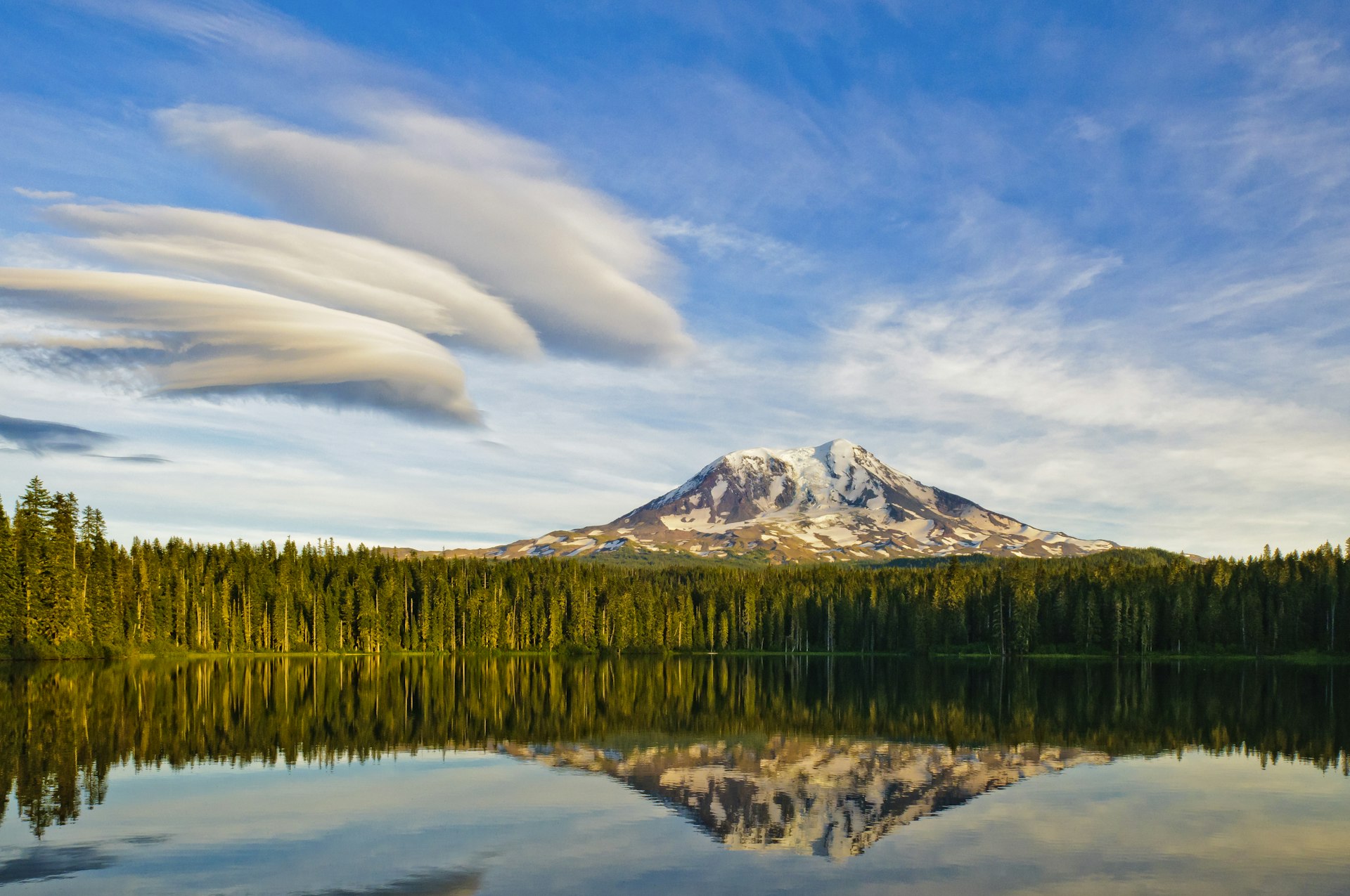
Gifford Pinchot National Forest, Washington
Washington’s Gifford Pinchot National Forest is one of the oldest national forests in the country, originally established in 1897 as part of the Mount Rainier Forest Reserve and later renamed. It spans 1.3 million acres, including the 110,000-acre Mount St Helens National Volcanic Monument. It also encompasses seven wilderness areas and the White Salmon Wild and Scenic River.
The Gifford Pinchot sits on land historically belonging to the Yakama Nation and the Nisqually, Puyallup, Squaxin Island, and Steilacoom tribes – these lands were ceded in 1854 and 1855, and they remain important to the Yakama today.
The forest has a large number of old growth trees and is also home to several threatened animal species, both of which you might get the chance to see up close on its 1500 miles of trails. Gifford Pinchot also offers scenic drives with volcanic views, mountain climbing routes, canopy tours, and fishing spots.

White River National Forest, Colorado
White River National Forest encompasses so many natural wonders that make Colorado, well, Colorado. This 2.3-million-acre forest contains eight wilderness areas, an 82-mile scenic byway, the iconic Maroon Bells Scenic Area and unique bodies of water including Hanging Lake and Trappers Lake.
White River originally belonged to the Ute people, but when Anglo-American land grabs kicked into high gear after the Mexican-American War, they were forcefully removed from their lands (despite their heavy resistance) and relocated to eastern Utah. President Harrison set White River aside as a timberland reserve in 1891, and the region later became the national forest. Today, White River National Forest works with the Northern, Southern and Mountain Ute tribes on projects throughout the area.
White River harbors 10 mountain giants over 14,000ft in elevation and contains a whopping 2500 miles of trails. It’s also a wonderland for winter adventurers, as it’s home to 12 different ski resorts. Plan ahead if you would like to visit Hanging Lake – a limited number of permits are available per day.

Chippewa National Forest, Minnesota
Surprisingly, what defines this forest is its water – Chippewa is located at the headwaters of the Mississippi River, and it’s home to over 400,000 acres of wetlands, 1300 hundred lakes and almost 1000 miles of rivers.
The forest was originally dubbed the Minnesota National Forest, but the name was changed in 1928 to reflect the area’s original inhabitants. In the second half of the 1800s, many Anglo-Americans pushed into the area; the land was relinquished to the US government in the Treaty of 1855, and in the following years industrial logging drastically changed the landscape.
The Minnesota National Forest Act of 1908 inaugurated the national forest, and Weeks Act of 1911 added over 37,000 acres to the preserved region. Today, the lands are managed by the USFS and the Leech Lake Band of Ojibwe, along with some private holders and county governments.
Chippewa National Forest is also a special treat for birders – it’s one of the largest bald eagle breeding areas in the lower 48 states, with over 180 nesting pairs recorded. It also has a robust fisheries program (lake trout, walleye and muskie abound) and over 3000 archaeological sites spanning 10,000 years.
Our editorial team makes independent recommendations to help you make the most of your travel experiences. When you make a purchase through the included links, we may earn an affiliate commission.
You might also like:
Top 10 U.S. long-distance hikes
Discover why Wyoming is the Equality State on this women's history road trip
Don’t overlook these magnificent outdoor destinations in the US Southwest

